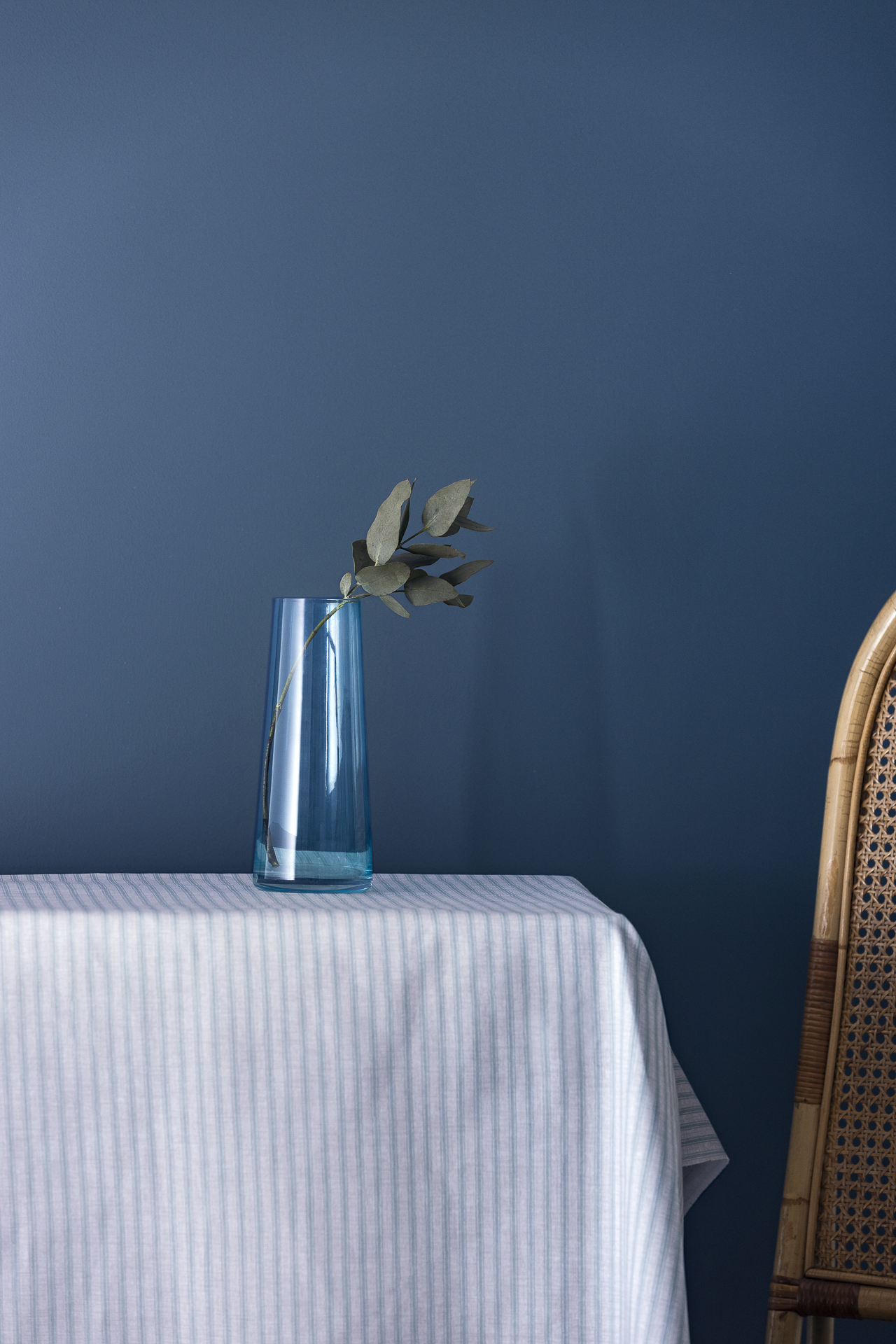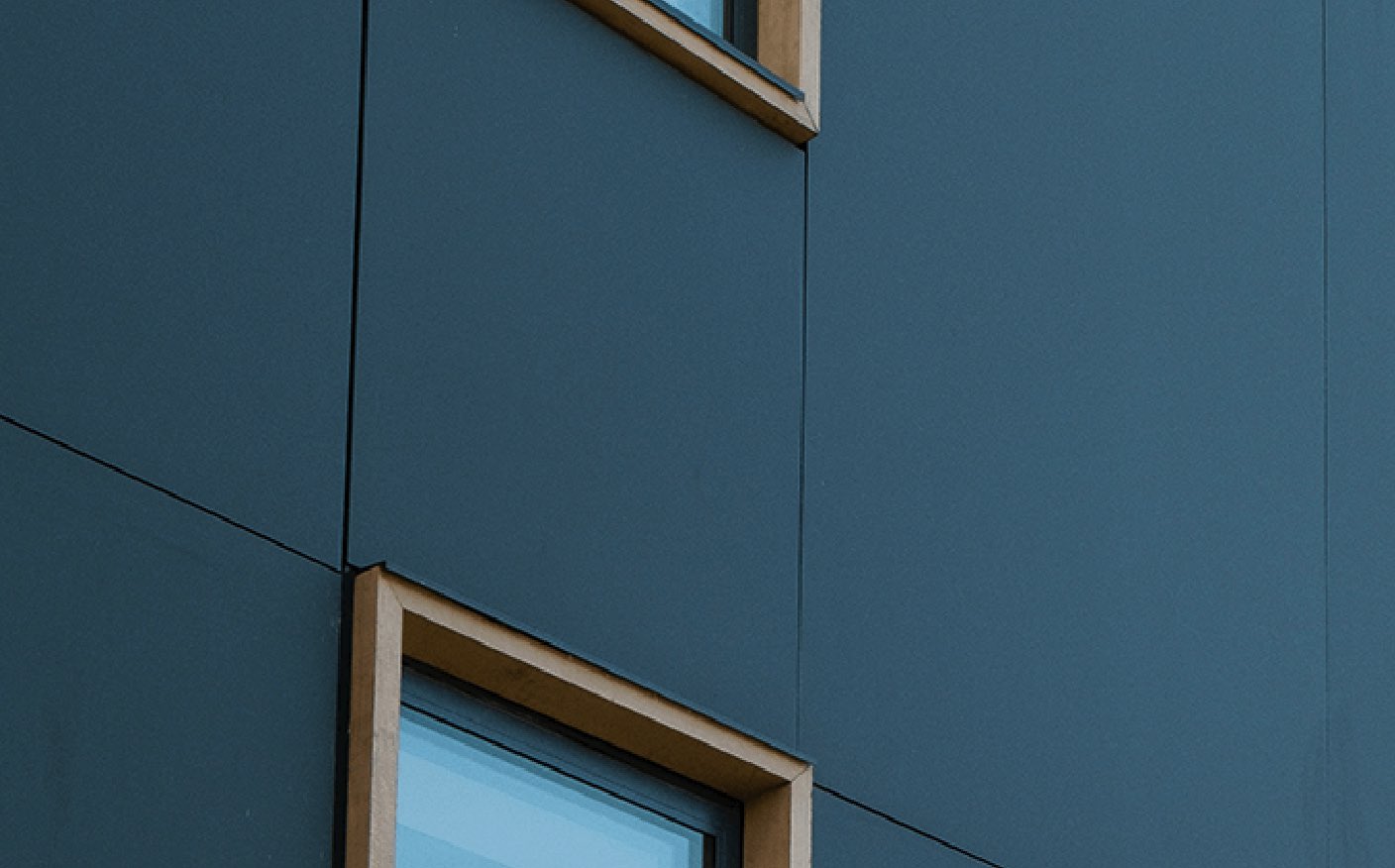
Painting your home or workspace? Did you know that choosing the right paint type is essential for durability, ease of application, and achieving the perfect finish? One of the most common questions homeowners and DIYers ask is: Should I use solvent-based or water-based paint? In this guide, we break down the key differences, benefits, and best uses for each type to help you make an informed decision.
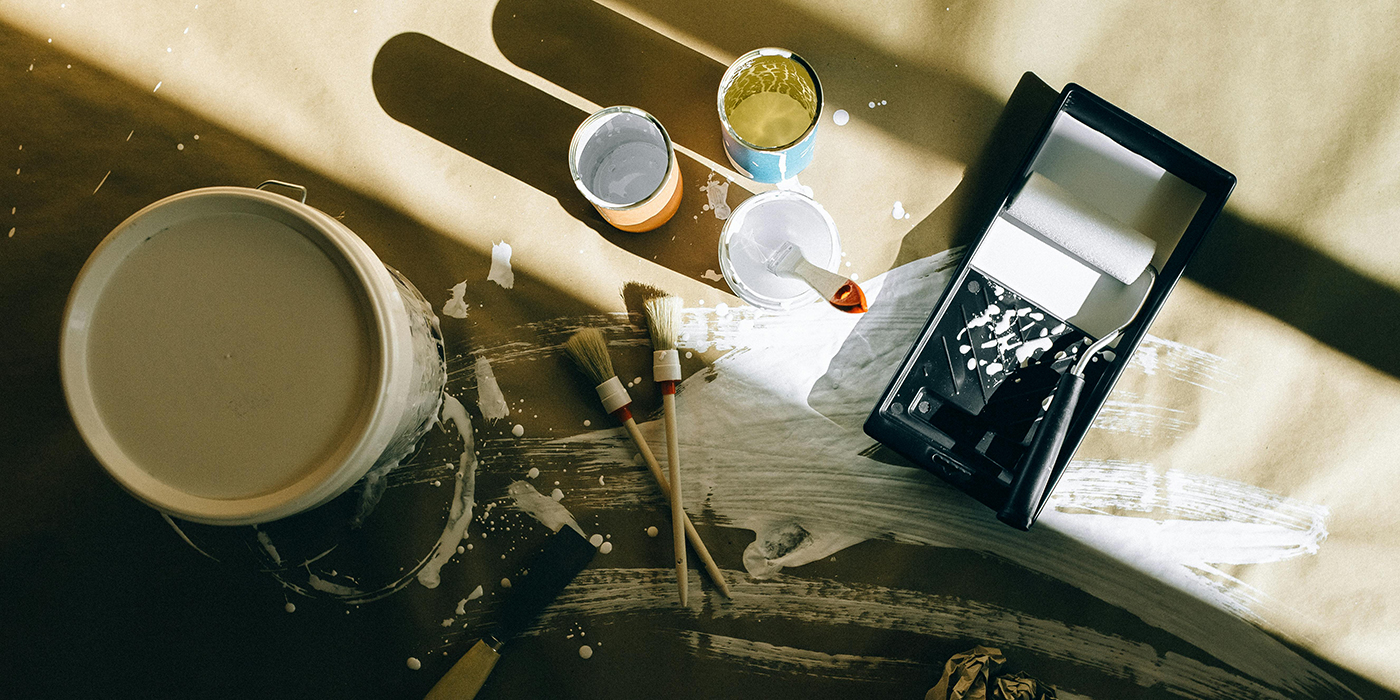
Understanding the Basics of Solvent-Based and Water-Based Paints
Before we get into the differences and pros and cons to decide which is the best paint type, let’s define what solvent-based means and what water-based means in paint.
Solvent-Based Paints
Also known as oil-based paints or enamels, solvent-based paints contain strong solvents such as mineral spirits or turpentine. These paints dry as the solvent evaporates, leaving behind a durable, hard finish. Traditionally, solvent-based paints have been the go-to option for high-traffic areas and surfaces that need extra protection and resilience.
Water-Based Paints
Water-based paints, often referred to as acrylic paints, use water as the primary solvent. As they dry, the water evaporates, leaving a resilient and eco-friendly finish. These paints have gained popularity due to their low odour, quick drying time, and ease of cleanup with just soap and water.
To learn more about how water-based and solvent-based paint is made, read on here.
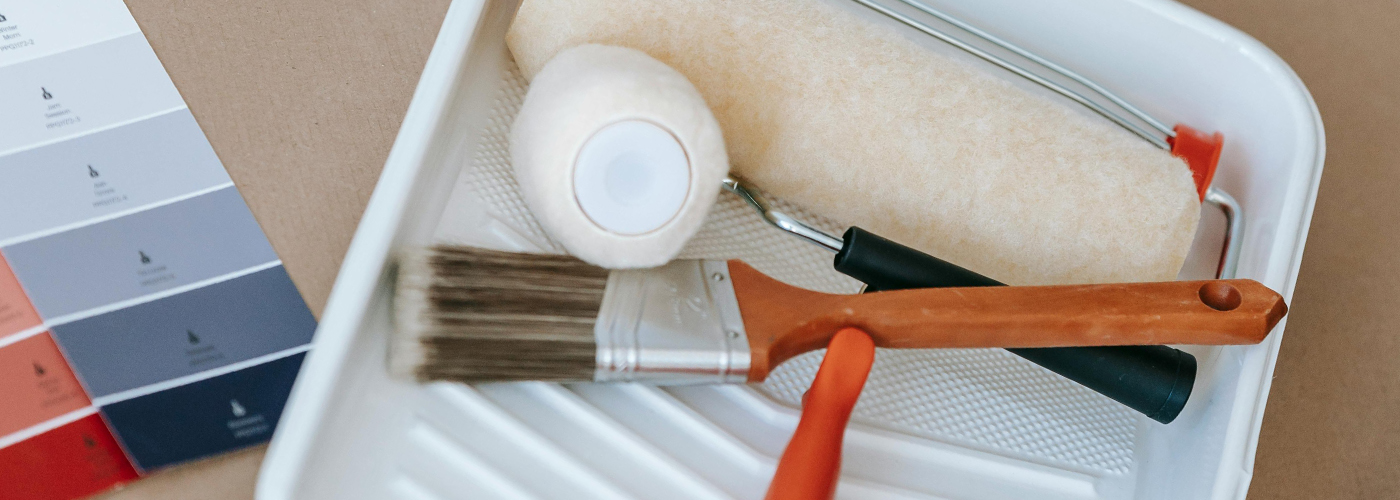
Key Differences Between Solvent-Based and Water-Based Paints
Understanding the important differences between these types of paints will help you determine which one is best for your project. Use this easy paint comparison guide to see the key differences:
| Solvent-based Paint | Water-based Paint |
| Durability: Traditionally more durable and resistant to wear and high-traffic areas. | Durability: Improved formulations have made it more durable. You can find various qualities of water-based paints for interior and exterior spaces. |
| Drying time: Takes longer to dry, so project takes longer. | Drying time: Quick-drying, allowing for more than one coat in a day. |
| Odour and VOCs: Emits strong fumes and contain higher levels of volatile organic compounds (VOCs), which can be harmful in poorly ventilated areas. | Odour and VOCs: Little to no odour. Some have low VOCs, some have zero. Overall safer for indoor use and more eco-friendly. |
| Application and Finish: Give a rich, smooth application, resulting in a durable finish. Solvent-based paints are available in gloss, satin and eggshell (low sheen). Ideal for trim and woodwork. | Application and Finish: With improved technology, water-based paints come in various modern finishes including gloss water-based enamels, matt, low sheen and mid sheen. Suitable for walls and ceilings. |
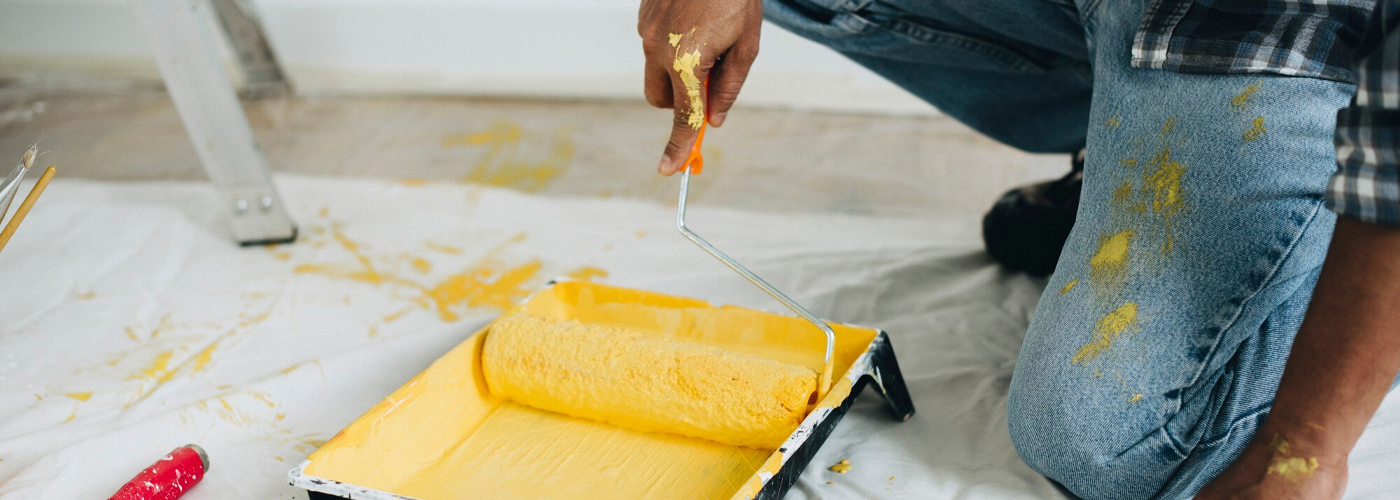
Which Paint Should You Use for Your Project?
The type of surface you’re painting and the environment of the space will determine which type of paint you should use.
Best Applications for Solvent-Based Paint
Enamel paints are an excellent choice for:
- Metal surfaces (like gates, railings, and fences).
- Outdoor furniture exposed to harsh weather.
- High-traffic areas like doors, trims, and cabinets where extra durability is needed.
- Painting deep, bold and rich colours, as they hold and retain vibrant hues a lot better than water-based paints.
Best Applications for Water-Based Paint
Premium ranges of acrylic paints (like those available at Shaves Paint + Décor) are the preferred option for:
- Exterior walls, interior walls and ceilings due to their low odour and eco-friendly properties.
- Nurseries and bedrooms where air quality is a priority (due to low or zero VOC factor).
- Quick DIY projects, like painting furniture, that require fast drying times and easy cleanup.
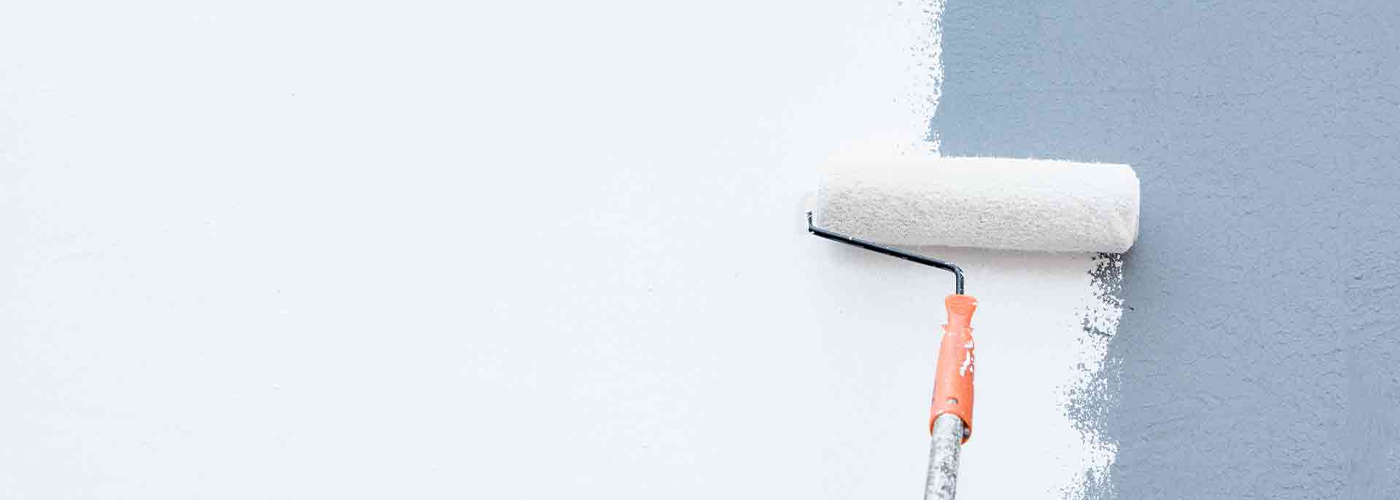
Pros and Cons of Solvent-Based and Water-Based Paints
As we’ve already covered above, both solvent-based and water-based paints have a place and purpose depending on where you’re painting and what you’re painting. Each have their own advantages, but there are also disadvantages to both. We help you balance the pros and the cons with this summary below.
| Six Pros of Solvent-Based Paints | Six Cons of Solvent-Based Paints |
| Highly durable, long-lasting, weather resistant and protects against mould | Strong odour (can also cling to curtains and furniture if room not ventilated properly) and higher VOCs |
| Excellent adhesion on tough surfaces | Longer drying time (16-24 hours) |
| Provides a smooth, glossy finish | Requires solvents like turpentine for cleanup |
| Better resistance to moisture and humidity | Can yellow over time, especially in low-light conditions |
| More resistant to stains and chemicals | More difficult to dispose of safely due to high chemical content |
| The hard finish makes it ideal for high-traffic and exterior areas | Not as environmentally friendly as water-based alternatives |
| Six Pros of Water-Based Paints | Six Cons of Water-Based Paints |
| Low odour, environmentally friendly and some premium options even have mould-resistant formulas | May be less durable in high-traffic areas (though modern formulas have improved) |
| Quick drying, allowing multiple coats in a day | May require multiple coats for full coverage (especially in darker, richer colours). |
| Easy cleanup with just soap and water | Can be less glossy compared to solvent-based paints |
| Retains colour better over time without yellowing | Can swell or raise wood grain, requiring sanding between coats |
| Less prone to cracking or peeling | Less resistant to extreme weather conditions |
| Safer and easier to store due to lower flammability | May not adhere well to some surfaces without proper priming. |
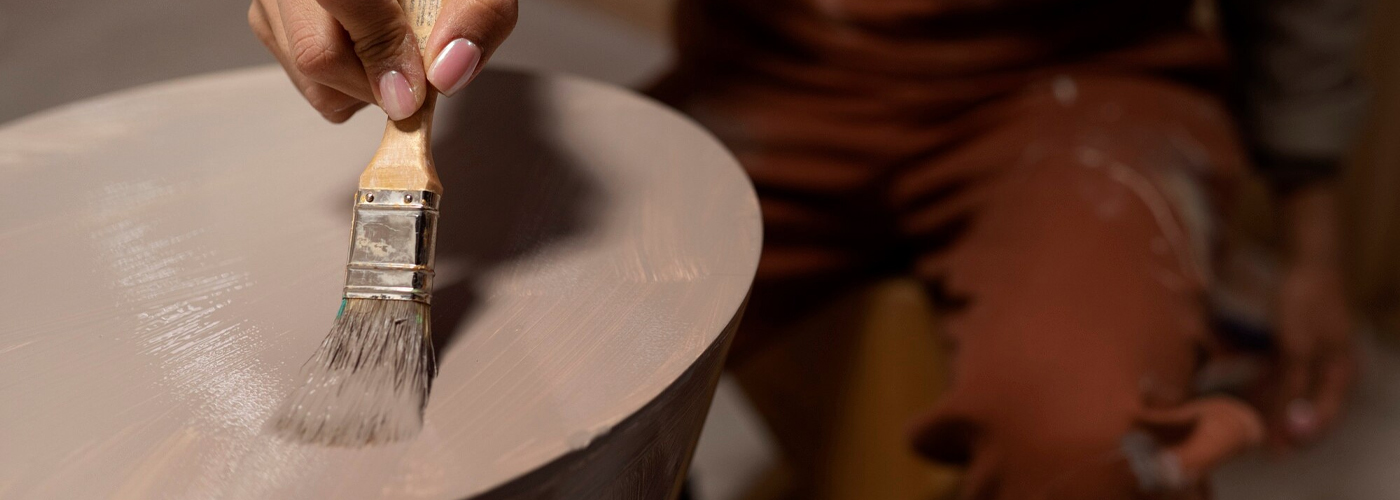
Shaves Paint Recommendations for Choosing the Right Paint
At Shaves Paint + Decor, we stock only premium-quality paints from trusted brands, ensuring you get the best results for your project. Our in-store or online specialists are always available to offer painting tips and expert advice on the best paint type for your specific needs.
Some of our top recommendations include:
- High-performance water-based acrylic paints, like Dekade Satin Magic, perfect for walls and ceilings.
- Durable solvent-based enamels, like Dekade Super Gloss Enamel, for doors, trims, and furniture.
- Eco-friendly paint, like Dekade Gold Label Sheen or the Simply Colour range, that are low-VOC, especially for health-conscious homeowners.
So come in and browse our range, decide on the finish you want and which brand offers you the most value and benefits.
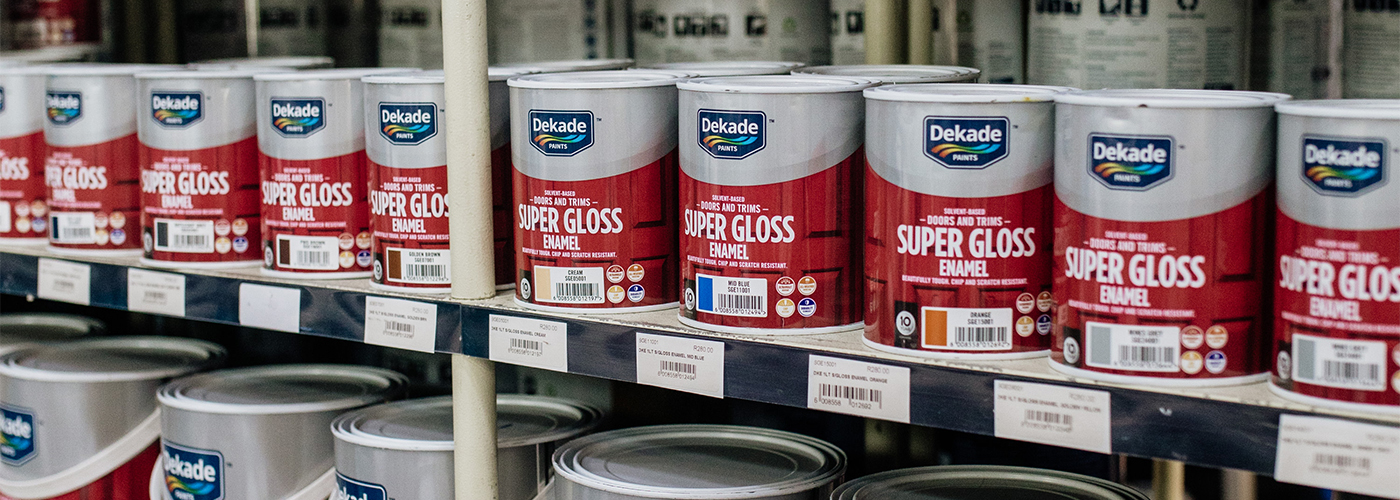
Expert Advice: Invest in good quality paint
“Invest in good quality paints, whether acrylics or solvent based. Higher quality paints often provide better consistency and colour retention. Shaves has everything you need – at the right price.“
-Denzil Naidoo, Senior Technical Sales Consultant
Conclusion: Choosing the Best Paint for Your Needs
Plan your paint project by making a mental list. Consider all the factors that will guide your decision of what type of paint to buy: solvent vs waterbased paint. Consider the surface type, whether the area is inside or outdoors. What finish are you looking for? Can you compromise on eco-friendly?
Although there are many practical considerations, it also comes down to personal preferences. If you’re looking for quick-drying, low-odour, eco-friendly and easy to clean up paint, then water-based paint is ideal, keeping in mind that it may have limitations on durability in harsh environments and the finish may not be as smooth. If you’re looking for a tougher, fail-safe option for outdoor exteriors or indoor surfaces exposed to hectic elements, then solvent-based paint is the answer. It glides smoothly onto surfaces and is glossy, but takes much longer to dry and is unfortunately not as eco-friendly.
Still unsure? Visit your nearest Shaves store for personalised advice and paint recommendations that will set you up for success.


